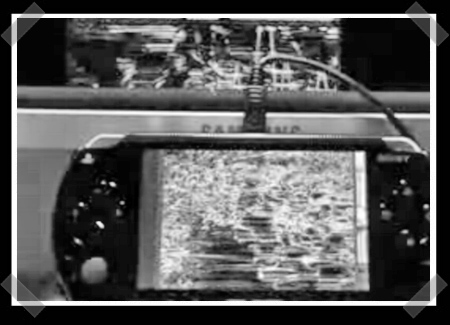
[stuart] wanted a more intuitive way to control his rover platform than the software solution he had been using. He settled on using a Playstation controller with an AVR to operate the rover wirelessly. He found a couple references for talking to the controller using SPI on a PIC and adapted that for his ATMega88. The code is available on his site. He removed the rumble motors from the controller and stuffed the chip plus the transmitter package inside. The Linx TX/RX pair are mounted to pluggable boards so he can use them on other projects. A video of the tank in motion is after the jump. Continue reading “Playstation Tank Controller”
















